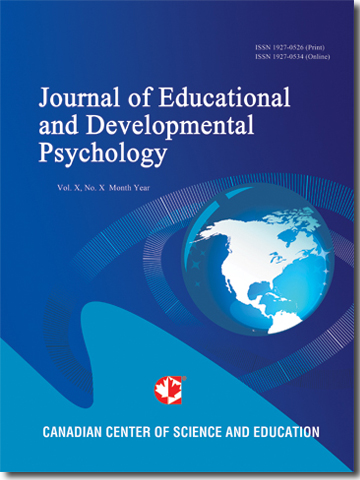Peer Networks, Generational Status and Achievement of American Adolescents
- Igor Ryabov
Abstract
The present study attempted to address the gap in the literature by focusing on peer network density andheterogeneity and average achievement of peers. These outcome variables were academic achievement and
attainment, measured as Grade Point Average (GPA) and odds of having college education, respectively. The
independent variables also included immigrant generational status, family social capital measures, and SES. The
study used multilevel, hierarchical modeling to estimate the aforementioned effects. The sample was drawn from
the National Longitudinal Study of Adolescent Health (Waves I and III; N=14,322). Results revealed that
structural characteristic of peer networks, such as density and heterogeneity, were associated with academic
outcomes, regardless of generational status. Furthermore, the relationship between the peer network variables –
peer network density, heterogeneity and average peer achievement – and academic outcomes was stronger for
immigrant youths than for native youths. Of the aforementioned measures, average peer achievement had the
strongest effect on both achievement and attainment.
- Full Text:
 PDF
PDF
- DOI:10.5539/jedp.v1n1p105
Journal Metrics
(The data was calculated based on Google Scholar Citations)
1. Google-based Impact Factor (2021): 1.11
2. h-index (December 2021): 29
3. i10-index (December 2021): 87
4. h5-index (December 2021): N/A
5. h5-median (December 2021): N/A
Index
- Academic Journals Database
- CNKI Scholar
- Copyright Clearance Center
- CrossRef
- Elektronische Zeitschriftenbibliothek (EZB)
- EuroPub Database
- Excellence in Research for Australia (ERA)
- Harvard Library
- Jisc Library Hub Discover
- JournalSeek
- JournalTOCs
- LIVIVO (ZB MED)
- LOCKSS
- MIAR
- Open Access Journals Search Engine(OAJSE)
- PKP Open Archives Harvester
- Publons
- ROAD
- Scilit
- SHERPA/RoMEO
- Standard Periodical Directory
- Stanford Libraries
- Technische Informationsbibliothek (TIB)
- UCR Library
- UoB Library
- WorldCat
- Zeitschriften Daten Bank (ZDB)
Contact
- Carol WongEditorial Assistant
- jedp@ccsenet.org
